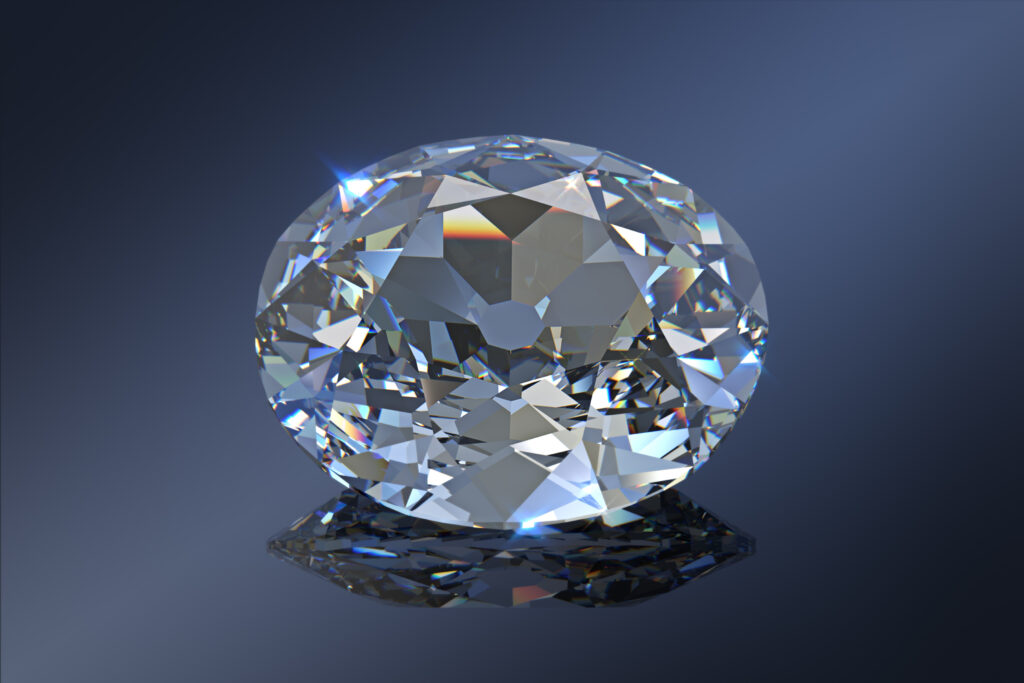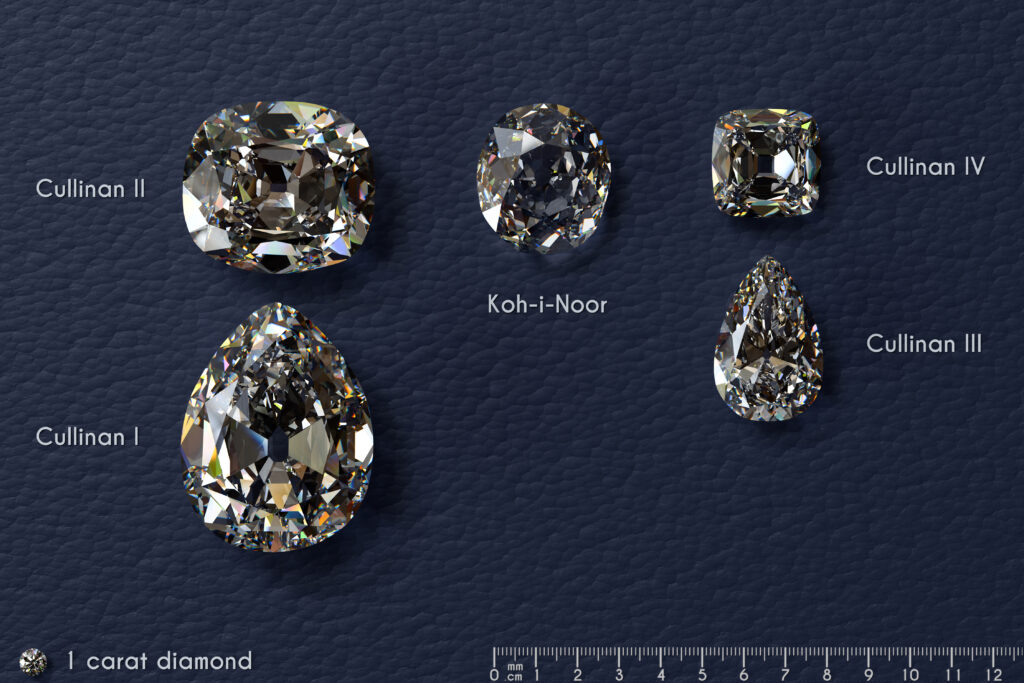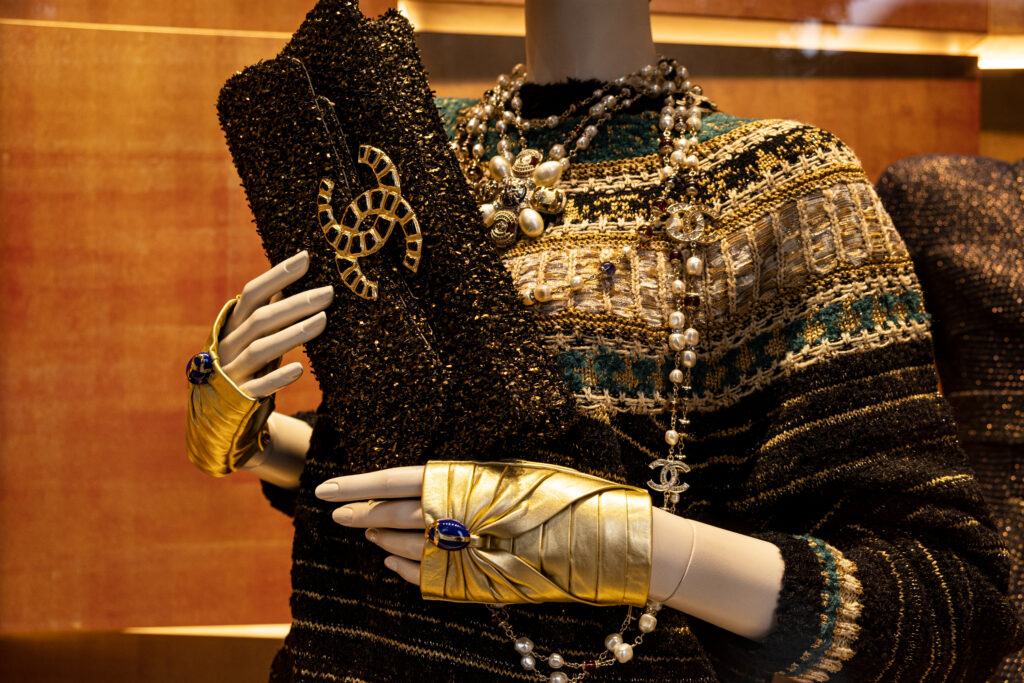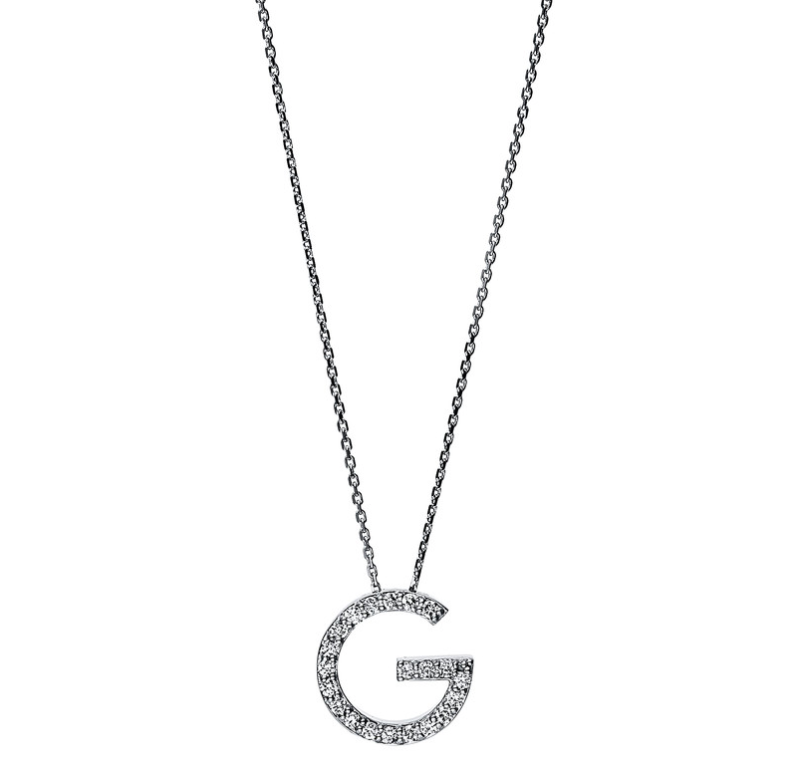“All is beautiful and unceasing, all is music and reason, and all, like a diamond, is carbon first, then light.” José Martí’s words capture the essence of diamonds perfectly. Throughout history, diamonds have symbolized luxury and rarity, being found only in specific parts of the world. Although Europe has a relatively low supply of diamonds, three key regions—India, Brazil, and South Africa—are renowned for yielding some of the most famous diamonds. Each discovery uniquely enriches the diamond legacy.

Firstly, it is essential to highlight the world’s most famous diamond, the Koh-i-Noor, originating from India. The significance of the Koh-i-Noor extends beyond its breathtaking beauty; this gem has witnessed many decades of history and passed through different rulers. Its journey from the Mughals to the British Crown reflects the shifting tides of history and colonial conquests, symbolizing Victorian Britain’s dominance. The name “Koh-i-Noor,” Persian for “Mountain of Light,” befits this remarkable diamond, weighing over 100 carats and valued at over a billion dollars. Today, the jewel is housed in the Tower of London as a significant part of the Crown Jewels collection.
Another notable diamond is the Star of the South, found in Brazil. Its story is steeped in mythology, discovered by a slave in the Bagagem River during the mid-19th century. This gem’s discovery holds significance beyond its beauty, as it led to the slave’s liberation, reflecting the complex dynamics between slaves and their masters. Encouraging honesty among slaves, the Star of the South embodies a tale of luck and liberation, underscoring the historical importance of diamond discoveries in Brazil. With a remarkable carat weight of 120 and distinctive pinkish-brown hues, the gem remains a standout. While once part of the Maharaja of Baroda’s collection, its current whereabouts are uncertain, having changed hands several times with no public documentation of its exact location.
Lastly, the Cullinan diamond from South Africa stands as one of the most significant gemstones from the region and the largest gem-quality rough diamond ever discovered. Unearthed at the beginning of the 20th century, it was presented to King Edward VII as a gesture of goodwill from the Transvaal Colony. Expertly cut into nine major stones and 96 smaller ones, the largest, the Cullinan I, or the Great Star of Africa, weighing 530.2 carats, adorns the Sovereign’s Sceptre with Cross. Several of these stones are integral parts of the British Crown Jewels, symbolizing South Africa’s wealth and its historical ties with the British monarchy. Like the Koh-i-Noor, the diamond is housed in the Tower of London.

In conclusion, diamonds stand as timeless symbols of beauty, history, and cultural significance, each with its own unique story to tell. From the legendary Koh-i-Noor to the Star of the South and the incomparable Cullinan, these precious gems continue to captivate the imagination and remind us of the enduring allure of the natural world.









